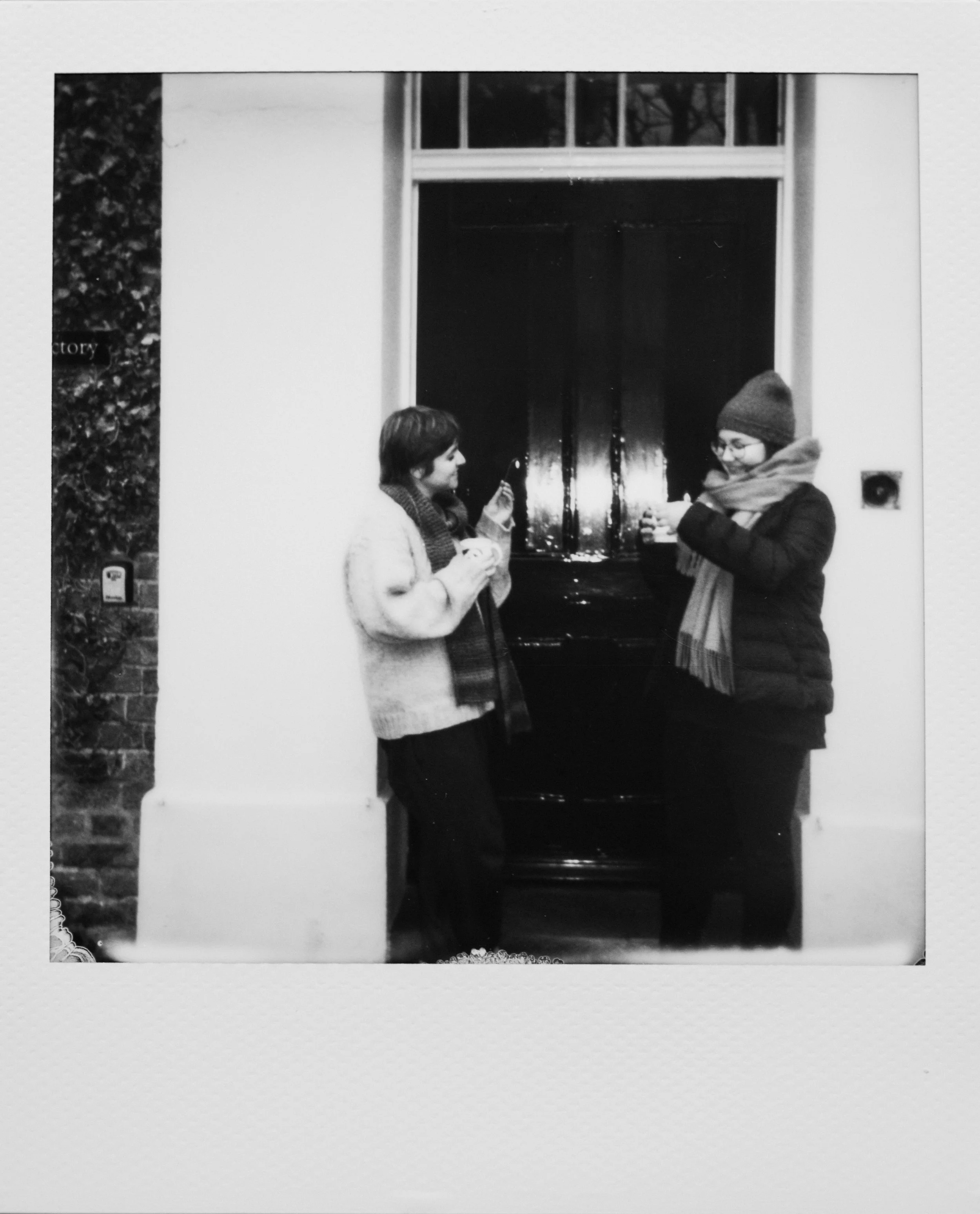The Screen as a Memory Book
Feature - Siri P. Austerslått
Snapchat has announced plans to change the way we remember. Its “Memories” feature, once a free archive of old snaps and shared moments, will soon be partly locked behind a paid subscription. What used to be a simple way to look back at the past is becoming something you’ll need to pay for.
Photo: Unsplash / Shubham Sharan
Memories often appear on Snapchat – photos and videos from this exact day, years ago. I send them to friends, and they reply with their own fragments from the same moment. We’re sitting there, each behind our own screen, sharing the past once again. With a flash from the display, time folds in on itself, and the moments wake to life in the glow of the phone.
Recently, Snapchat announced that memories would no longer be entirely free. In september 2025, the company introduced a storage limit of 5 GB for the app’s Memories feature. Users who exceed that limit must now subscribe to one of the new paid plans to keep storing older content. According to Snap Inc., the plans start at 100 GB for regular users, 250 GB for Snapchat+ subscribers, and up to 5 TB with Snapchat Platinum.
In a way, we now have to pay for access to our own past. It feels both absurd and strangely predictable. Photos from the start of friendships, parties from high school, old chapters – all behind a paywall. The memories are still precious, but the control over them has become a commodity.
Photo: Unsplash / Annie Spratt
Who owns nostalgia?
The change has sparked a small wave of discussion online about digital ownership and nostalgia. This can be seen as another step toward subscription-based control over personal data, though it might also just be a natural development as platforms grow. Either way, it raises an unsettling question: who really owns our memories once they’re stored online?
An age of abundance
Everything is so accessible now, for better and for worse. We capture more than ever. Hundreds of photos from a single evening, entire vacations reduced to reels and highlights. Nothing is left undocumented – and yet, that abundance makes each moment harder to hold onto. I have too many pictures, and maybe I take too many. Still, I scroll through them, smiling at old faces and small scenes that would otherwise have disappeared.
It used to be different. Photo albums stood on shelves, letters lay in drawers, VHS tapes gathered the past in rooms we could open again and again. We could hold our memories in our hands – feel the paper, hear the tape crackle. The past existed in texture, in weight, in time. The memories were ours. They carried sentimental value not because they were perfect, but because they were chosen, printed, and kept with intention.
Now, that affection lives behind screenlight. In apps and cloud storage, neat and untouchable. The warmth of nostalgia replaced by a kind of convenience.
Photo: Unsplash / Garvit Nama
Somewhere between memory and media
And yet, the digital archive has its strengths. We can revisit the past in an instant, share it with friends, and let the memories brighten a bad day. The screen has become our modern memory book. Accessible, luminous, shared – but also fragile.
Sometimes I’m not sure what I think about it all. Maybe it’s a good thing that our memories are always close, that they never truly fade. But maybe that closeness, that endless capturing, makes them less special, less ours. When everything is saved, perhaps nothing feels worth saving.
Somewhere between the abundance and the distance, I’m still trying to decide.


